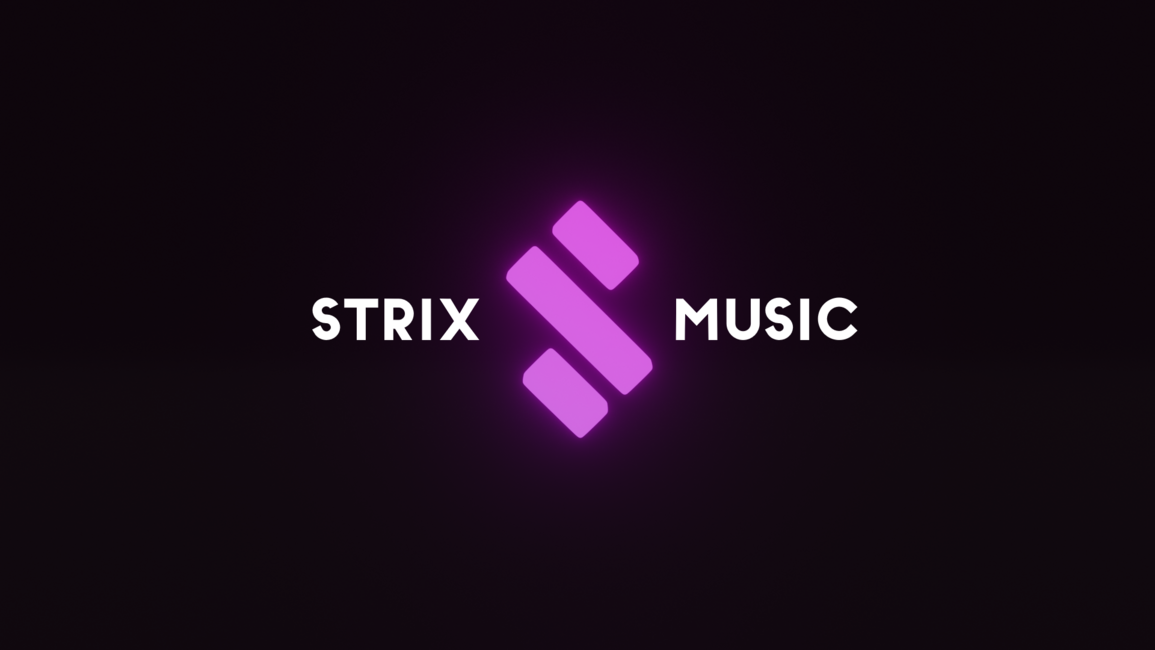

Arlo Godfrey
Making things that make making things easier.
Open source WinUI and .NET developer specialized in abstractions and data handling.
Making the web more efficient by exploring distributed alternatives to http.
Windows App Community advocate.
Community Toolkit maintainer @ Microsoft.
Microsoft MVP 2021-2024
Creator of Strix Music and OwlCore.
Maintainer of IPFS tooling for .NET.
- 0 Posts
- 18 Comments


Huh?
“Demagogy is the action or fact of winning support by exciting the emotions of ordinary people rather than by having good or morally right ideas.”
Are you saying that fedi isn’t a morally good idea?
I agree that morals should fuel our discussion and not emotion, but I’m sensing strong emotions from you.
Regardless, I see what you’re saying because I’ve built things like this. I specialize in abstractions in my work-- Strix Music is a prime example of that.


@yogthos You’re describing a Platform, but we have an actual oligarchy of tech platforms now. When they get too big, they just become power grabs, hence why Mastodon and Lemmy and fedi in general started picking up recently.
It’s not worth even a scrap of good UX if these platforms can take away our voices on a whim. Fedi is on the right track.


@yogthos Bro that’s not how apps work. What you’re describing is a platform.


- This isn’t MVC
- I directly addressed that-- APIs exist independent of any one app.
- This question about using an App as an API doesn’t make sense. Apps use APIs, they do not provide them.
Also— nobody is telling me. I’ve been doing this for over a decade.


@yogthos MVVM stands for Model-View-ViewModel, and is a pattern commonly used in dotnet and winui apps for decoupling backend business logic from frontend UI.
For example, this: https://youtu.be/Nb6fEeYfDAU
I feel like I’m the one being trolled here.
What on earth do you mean by “no app provides APIs to access the business logic layer outside the UI?” These apps are using APIs to begin with, the app doesn’t NEED to provide them. The devs provides them to the app, the other way around.


@yogthos Nobody in their right mind couples UI to business logic, we have MVVM for that and it enables some very impressive integration and UI switching in apps.
However, thinking at the application level is ignoring everything I just said about the ways that apps communicate.


@yogthos Everything, this entire thread and several others that people have started with you.
It’s worth saying twice:
The client-server pattern perpetuates power imbalances, and “Super apps” make that problem much much worse.


@yogthos They literally JUST banned and unbanned Tiktok at the whim of an annoying orange, and Twitter as we knew it is dead because of a rich billionaire.
You’re glossing over real problems in the name of good ux.


@yogthos Right so are you saying we should make the problem bigger?? I’m confused what you’re trying to say here


@yogthos Building walled gardens apps where you control everything is easier than building a walled garden OS where you control everything.
One is an App and the other is an OS, but both can be turned into a “walled garden trap” for consumers.
“But they did it” isn’t an excuse to do it more. We have enough of this going around already with Apple and X and WeChat, governments and tech bros trying to maintain control over the masses. Nah.


@yogthos Doing inside an app is easier and significantly more of a power-grab.


@yogthos Windows 8 made a legitimate effort to provide unified OS-level APIs that apps could hook into and deeply integrate with. The “People Hub” was easily the best example of this, plus Charms, Settings integration, etc.
Everyone hated it because they didn’t understand it.


@yogthos I’m not even talking about UI frameworks anymore, but the UX and client-server or distributed models that you’d build with them.
You can’t build a super-app without also creating a massive power imbalance.


@yogthos No need to use strong language, I understand what you’re trying to say.
As a UX dev of over 10 years, UX is important but secondary to safeguards against being toyed with by power-tripping tech bros. That’s why I use fedi, that’s why I build with ipfs instead of http.
There’s nothing I need so bad that I would give up my digital freedoms.


@yogthos You misunderstand. If you make a “Super App”, you ARE making an operating system. Yes most OS’s have UX problems that prevent this level of integration, but the critical difference is that you’re giving complete control to a single entity.
The client-server pattern perpetuates power imbalances, and “Super apps” make that problem much much worse.


@yogthos I’ll give it a watch. Regardless, a good operating system should be capable of such seamless integration. That’s why “Super apps” are an operating system in a trenchcoat.


@yogthos “Super App” never made sense to me either. It’s just an operating system and a dozen apps in a trenchcoat.
@yogthos I’ve enjoyed our discussion, but I don’t appreciate the strong language, the projections, or the claims of others projecting in order to defend your own projections. Thank you for engaging with me, see you around.